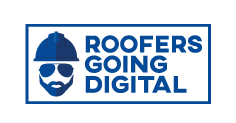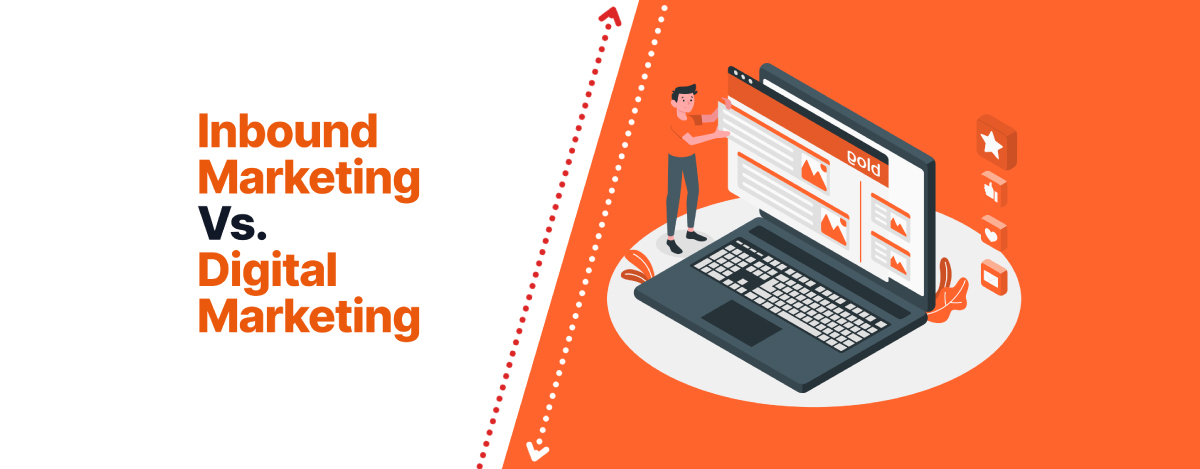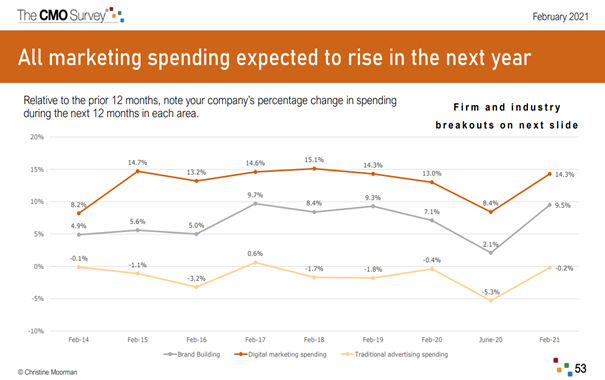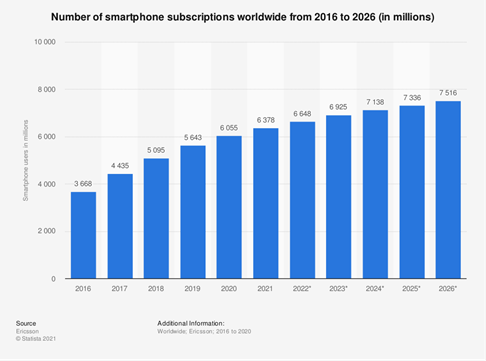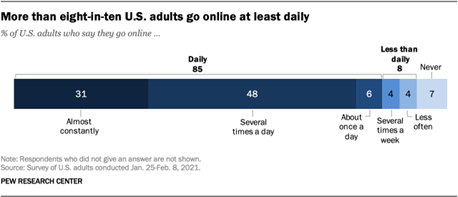Marketing comes with a large reference bank of industry jargon. Two terms Digital Marketing and Inbound Marketing often get confused when planning and implementing strategies. Although these both can occur on digital platforms, they are different types of marketing practices. Small business owners should understand the difference to ensure effective business practices.
What is Digital Marketing?
We have previously defined Digital Marketing in earlier blog posts but just as a refresher let’s revisit the basic definition. Digital Marketing encompasses all marketing efforts that use an electronic device or the internet, leveraging digital channels such as search engines, social media, email, and other websites to connect with current and prospective customers (Alexander, 2021). The terminology itself doesn’t denote a particular strategy but rather is a toolkit that contains all available marketing tools a business can utilize. These digital tools can aid in increasing brand awareness, traffic, and online visibility.
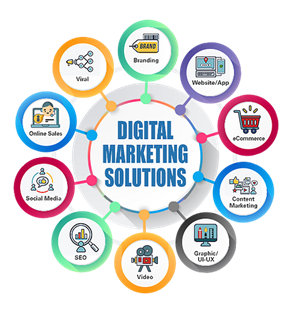
What is Inbound Marketing?
Inbound marketing is a business methodology that attracts customers by creating valuable content and experiences tailored to them (HubSpot, n.d.). Unlike Digital Marketing, Inbound Marketing is a strategy that aims to attract, engage, and delight customers along the buyers’ journey. HubSpot adopted the Flywheel depicted in the image below showing the three ways this methodology can be applied. Attracting customers is drawing the right people in with valuable content and conversations that establish you as an industry expert. Engage customers by presenting solutions along the way that solve pain points or help achieve goals. The delight phase is providing continued help and support to ensure successful transactions.
These three steps can be supported using various digital marketing tools. Inbound marketing is intended to help your business form valuable connections with customers looking to solve a problem.
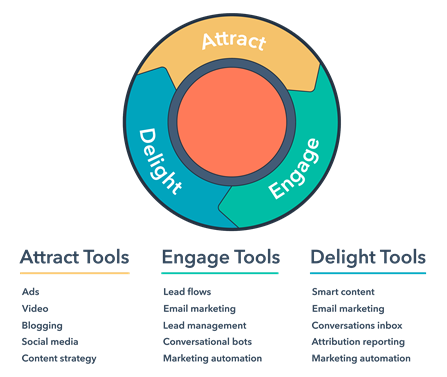
Which approach is right for your business?
Now that we have defined the difference between these two marketing terms how do you know which one is right for your business? This determination is based on your goals and objectives. When setting up a marketing plan best practice would be to include short-term and long-term goals for your business. Short-term goals can be solved by digital marketing tactics. For example, aiming to increase brand awareness and website traffic through online banner ads will only produce results limited to the capacity that the tool allows. If you are wanting more long-term results such as lead generation and qualified closed sales, then you would need to pursue an Inbound Marketing strategy.
Inbound marketing is taking all the available tools in digital marketing and leveraging them to support your overall buyer’s journey. An example of an effective inbound strategy includes the following. Creating content that draws in potential leads, setting up a customer relationship management (CRM) system capturing contact information, deploying a follow-up email campaign to interested contacts with relevant content. This example system will hit all three aspects of a buyer’s journey hopefully increasing conversions.
Long Game vs. Short Game
Investing time in developing a successful Inbound Marketing strategy can deliver solid consistent results over time. While digital marketing provides immediate results that lose value over time. As both terms are intertwined it’s best to combine these topics for business success. Using digital marketing tools such as email, CRM, and social media to grow and drive your inbound marketing strategy.
References:
Alexander, L. (2021, August 25). The who, what, Why, & how of digital marketing. HubSpot Blog.
HubSpot. (n.d.). What is Inbound Marketing? HubSpot. Retrieved September 20, 2021, from
